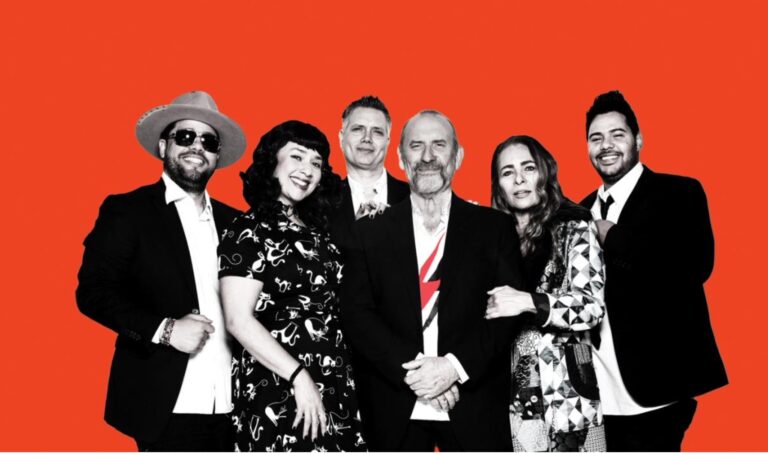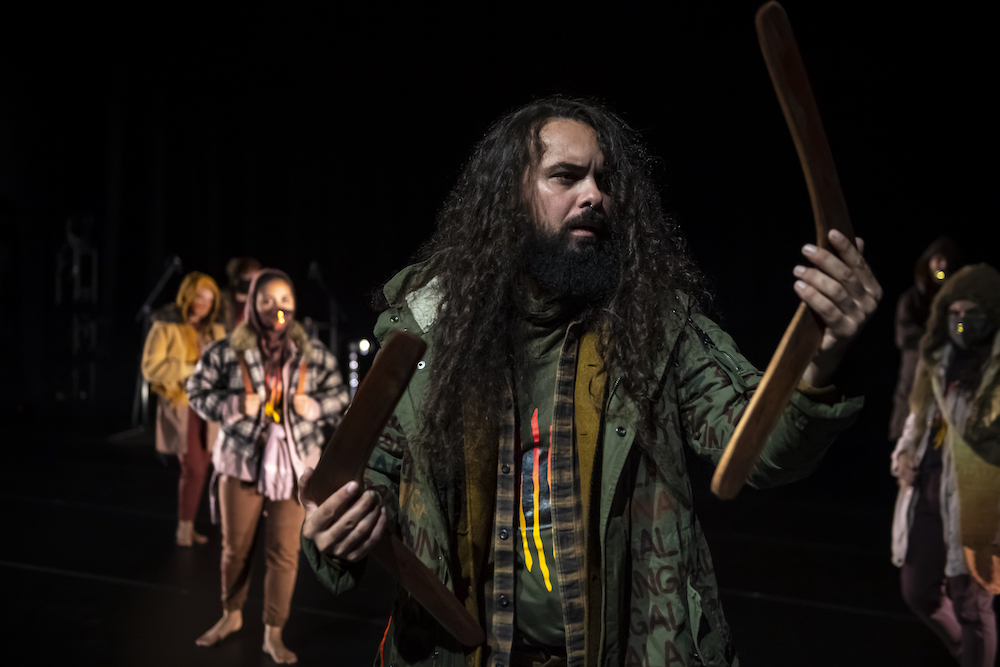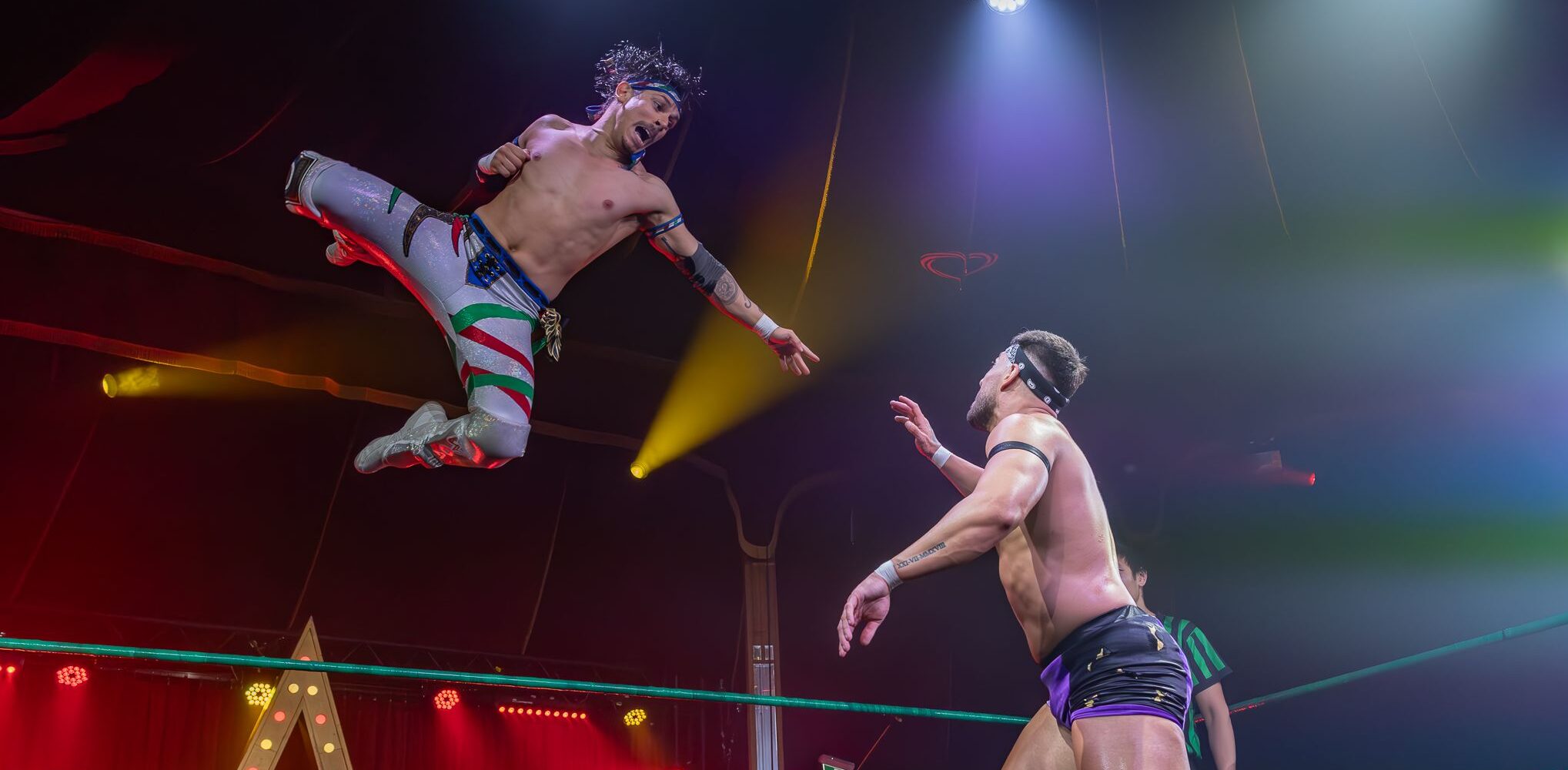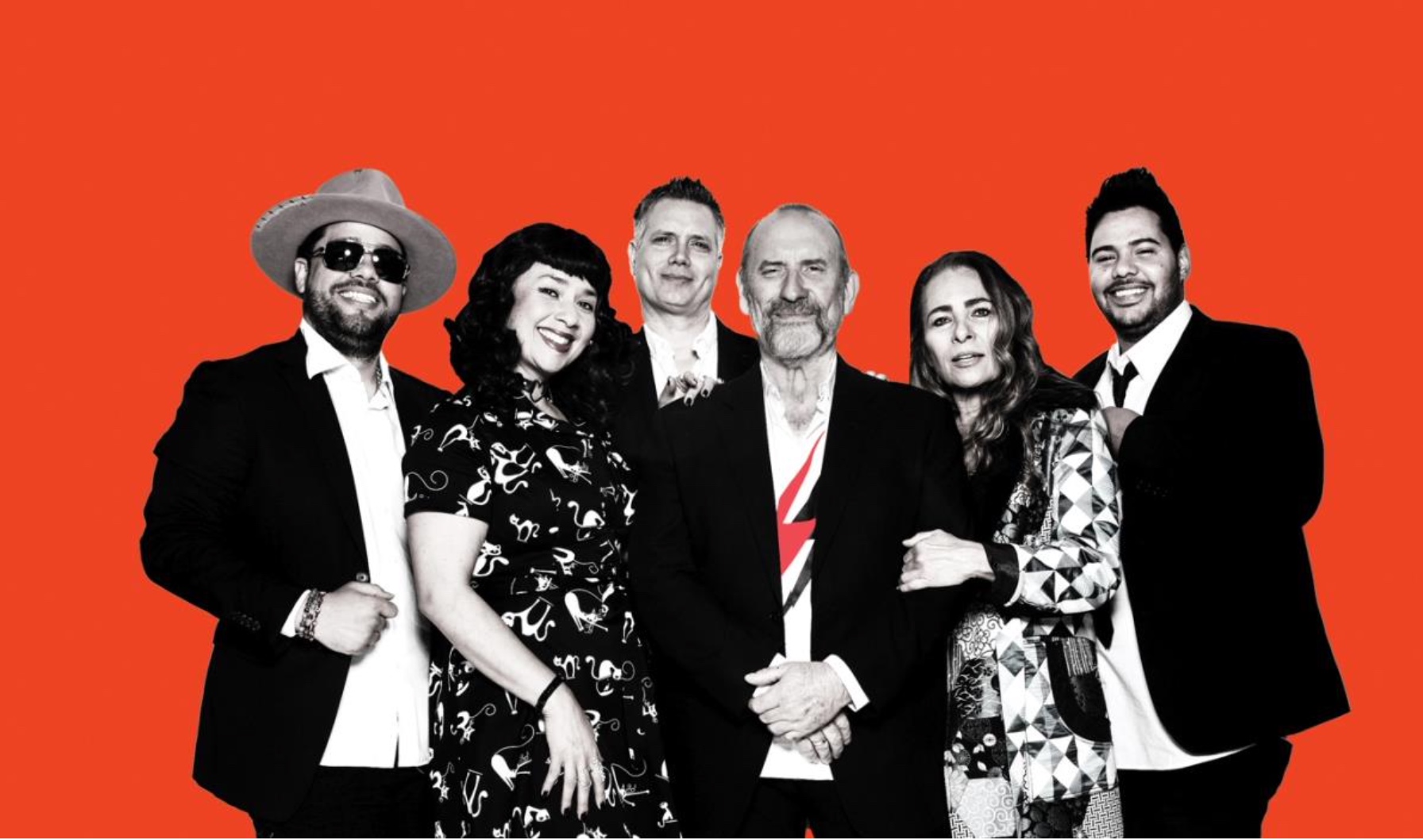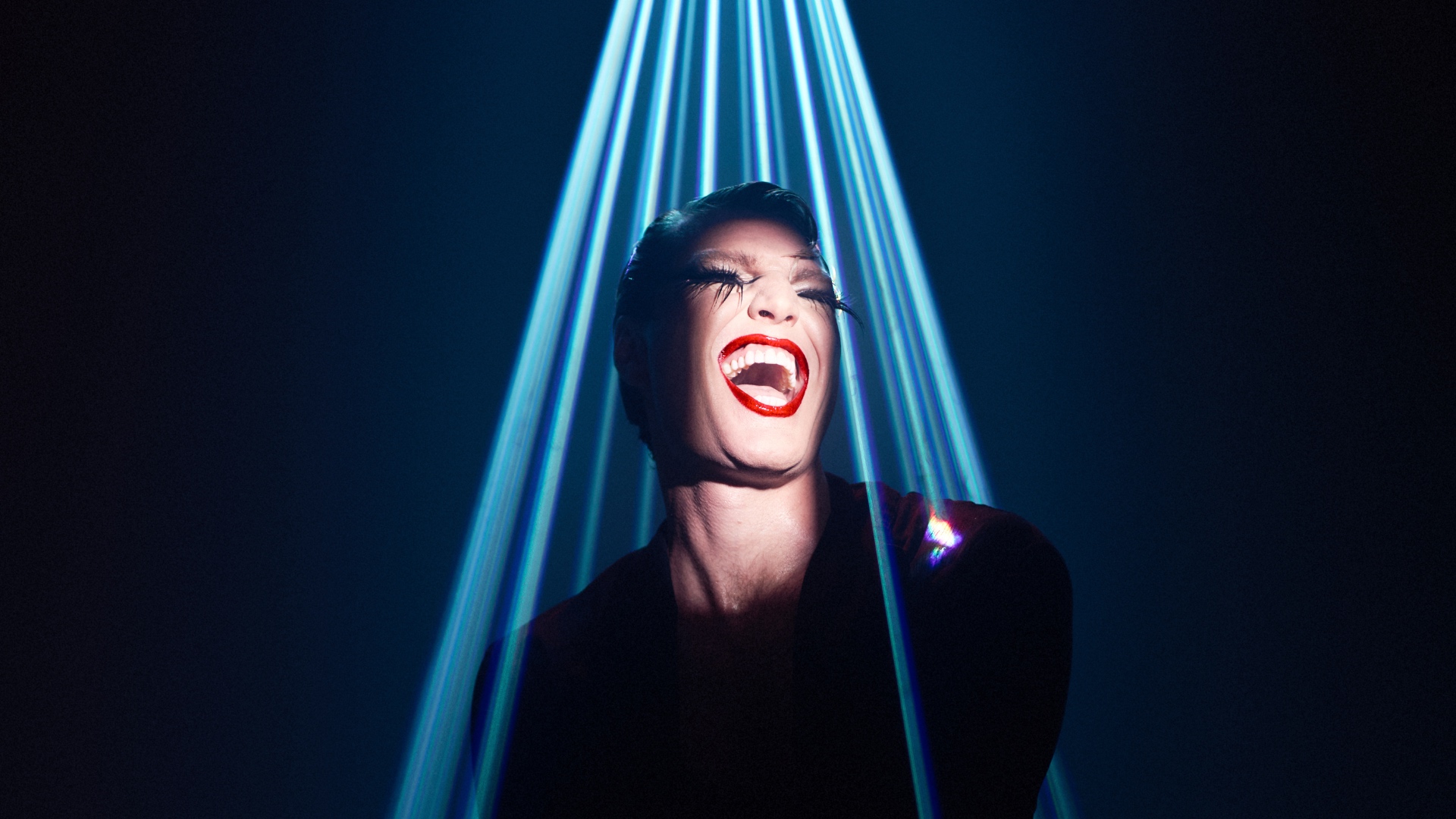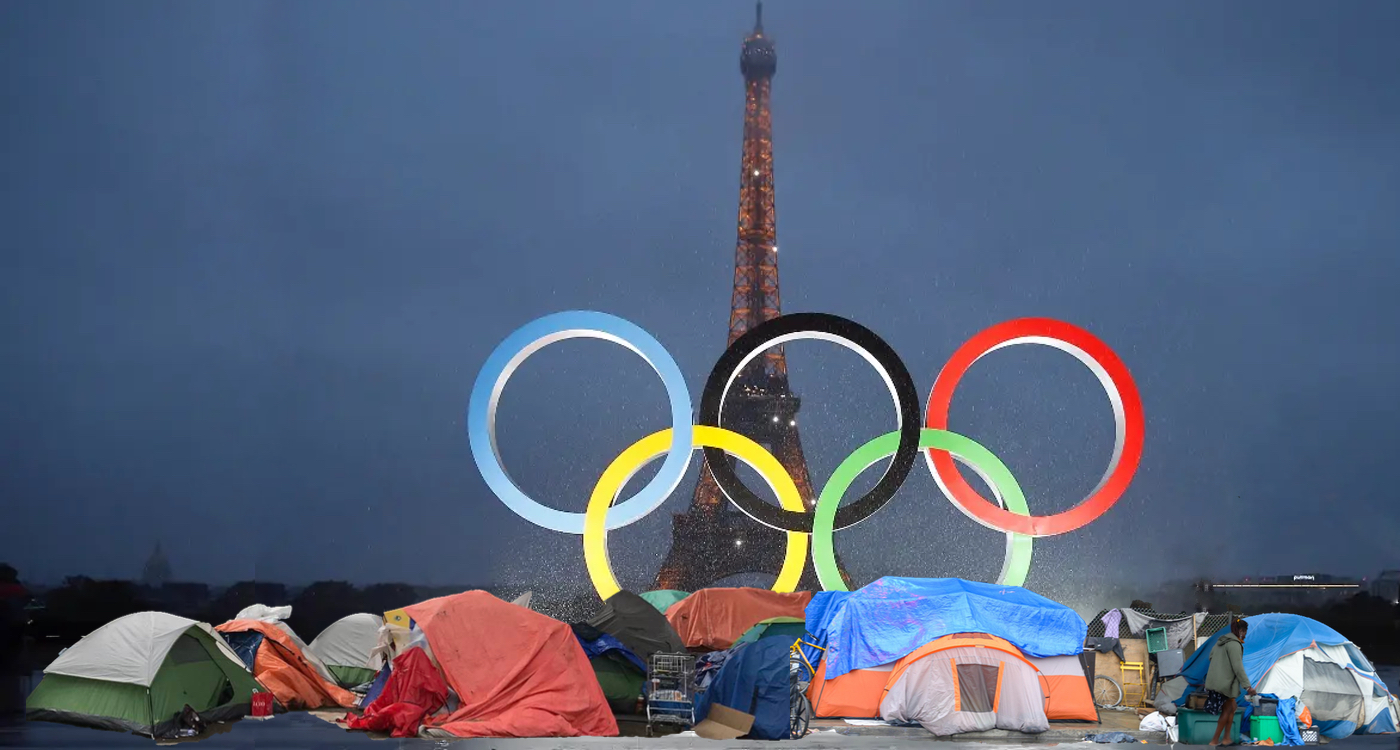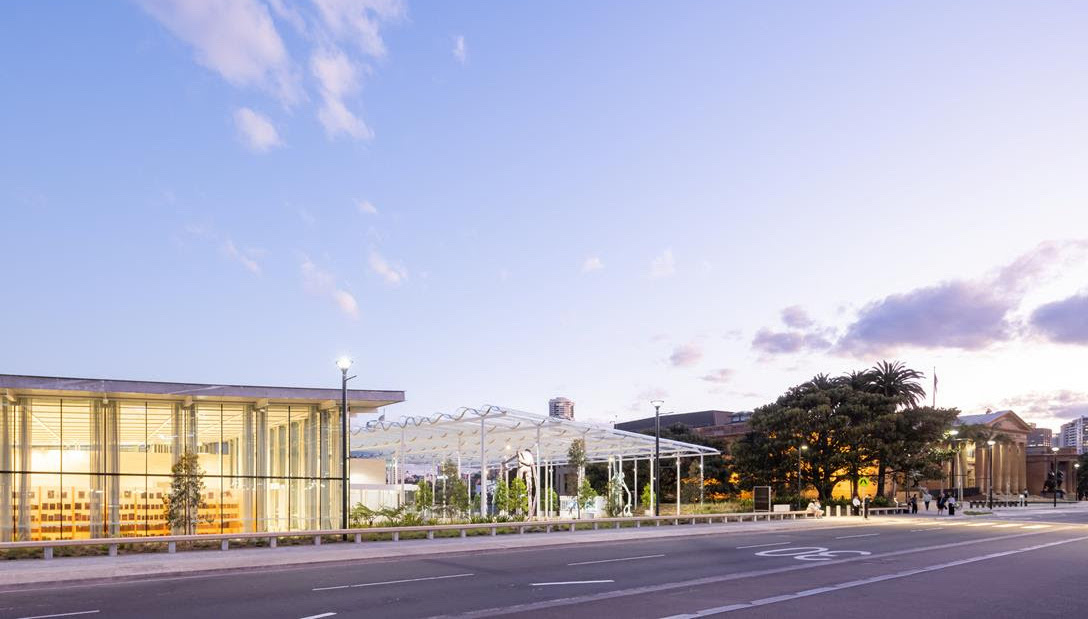
Creative Sexual Harassment
By Rita Bratovich
The New York Times expose on Harvey Weinstein revealed details of sexual predation and tyrannical abuse of power against vulnerable women in the film industry. The #metoo campaign is proving that the Weinstein story is far from unique and not confined to Hollywood.
As the roll call of offenders in the United States continues, similar accusations are beginning to surface in Australia. But is it really a problem here?
“Pretty much every woman I know in the industry has a story to tell,” says Megan Riakos, President of Women In Film and Television, NSW (WIFT). Riakos is a film maker whose experiences with gender discrimination were what spurred her originally to join WIFT.
The organisation advocates for better representation of women in the film and television industry. Each year they conduct a survey to garner feedback and gauge the working environment. This year, for the first time, they included a question about gender related harassment or discrimination. The response was sobering: 72% of respondents had experienced harassment or discrimination that had adversely affected their career.
It’s a raw statistic that only provides a keyhole insight but clearly shows a need for a paradigm shift.
“We need culture change in order to support policy change and we also need, I feel, an industry wide code of conduct that has the industry making a very clear statement about what is acceptable and what isn’t,” says Riakos.
To that end, WIFT has collaborated with significant entities in film and television as well as Rape and Domestic Violence Services Australia (R&DVS) to hold the Safer Workplace Strategies Forum on December 12. The half-day event will be live-streamed on WIFT NSW Facebook page and the entire video will be available for viewing until early next year after which it will be edited into segments and available on the WIFT website.
Experts and professionals from a number of relevant fields will sit on panels moderated by Margaret Pomeranz, Director of the Board of AACTA, and Emma Alberici, ABC Presenter. Karen Willis, Executive Officer, R&DVS Australia will lead practical sessions on Empowering Ethical Bystanders and Frameworks for organisational policy and cultural change.
The forum is open to everyone and Riakos hopes the audience will include a good gender mix and people who can be effectual.
“We want as many men there as possible and we want big players there because it is about the leadership of organisations creating a culture that encourages a safe and healthy, respectful workplace.”
Further WIFT projects will focus on better education, especially in schools, and tools to help writers and creators depict women more positively on screen, as well as pursuing their core goal of greater female representation in the industry.
Monica Davidson is the owner of Creative Plus Business. Her company offers business services and resources for people in the creative sector, and she herself has worked in film and television for over 25 years. She is unequivocal about the issue of sexual harassment.
“I think the problem is huge in Australia, huge!…It’s the unspoken demon that’s been lurking underneath the surface for a very, very long time.”
Davidson recalls her first job interview for a production company in the 1980s where she was told she’d be required to “wear short skirts and bend over the photocopier and fetch coffee.” That was par for the course for women at the time. While this sort of overt sexual harassment has mostly been purged from the workplace, Davidson believes it’s been superseded by “covert gender discrimination and harassment which is less obvious and so, consequently, harder to fight.”
Women are often doubted, even blamed if they speak out about certain male behaviour; they are accused of misinterpreting a gesture that was intended as a compliment or over-reacting to “locker-room banter.”
As such, Davidson, believes it is incumbent upon men to take responsibility and speak up. She cites the recent scandal around Don Burke.
“I knew about that. Everybody knew about that – that was an open secret in the television industry. Nobody did anything about it, but particularly none of the men who knew did anything about it.”
Through her work advising creatives on business matters, Davidson sees many young female clients who often end up discussing personal issues with her. A significant number have reported being sexually harassed with certain men’s names coming up repeatedly.
“I’ve had five women in this office who’ve reported to me about the same man working in the film industry… nothing’s come out about him yet…he’s not a public figure but he is extremely well known in the industry behind the scenes.”
In one incident, a young female client, shy, new to the industry and not fluent in English confided to Davidson that “[this man] told her basically that her career would be over if she didn’t give him a blow job in the car park at a conference.” She didn’t, and she was in tears wondering if her career was over.
Davidson is bound by confidentiality laws and cannot disclose the names of perpetrators or clients which is why she wishes others would speak up; silence and indifference enable this noxious behaviour.
There is no quick-fix but Davidson believes the solution begins with educating men, empowering women and effecting more gender equality in the work place.
It’s a view shared by Dr Bianca Fileborn, Lecturer in Criminology at UNSW and researcher in areas of gender and sexuality. Dr Fileborn believes education around identity, ethics and behaviour should begin as early as possible in schools and be consistent.
Her research into sexual harassment and violence has centred mainly on the Australian music industry, where the problem is virulent and endemic.
“[It’s a] very male dominated industry; there are huge levels of gender inequality in that industry,” says Dr Fileborn, explaining that wide gender disparity creates a fertile environment for sexual harassment.
Almost invariably, once a perpetrator is outed it will turn out their behaviour was an “open secret” in the industry. Why is there an implicit code of silence? Dr Fileborn says there are several reasons.
“Bystanders tend to overestimate the extent to which people around them support the behaviour of the perpetrator…so they tend to think ‘if I speak out I’m going to be the only one who thinks this is wrong and it’s going to be socially awkward and embarrassing.’”
There is the risk of personal or professional consequences, intimidation and threat if the offender is a person of power.
Most insidious, though, is a tacit, collective acceptance of this sort of behaviour as a norm.
“I think it’s something that permeates through whole aspects of our society and our culture – it’s so entrenched,” explains Dr Fileborn. She cites the National Community Attitudes towards Violence Against Women Survey (NCAS) conducted every four years which consistently shows a significant number of people still adhere to misperceptions and double standards that blame the victim and excuse the perpetrator.
A key factor in sustaining this negative, misogynous culture is the lack of mechanism available to women for reporting or even sharing their experience. The #metoo phenomena has simultaneously highlighted this lacking and provided the start of a solution.
“It’s made the whole thing with the Harvey Weinstein case more visible… but the crucial thing with social media is it enables women and it enables other people who have experienced this type of harassment to have a voice and to have a say.”
www.wiftnsw.org.au
www.creativeplusbusiness.com
www.socialsciences.arts.unsw.edu.au/about-us/people/bianca-fileborn


